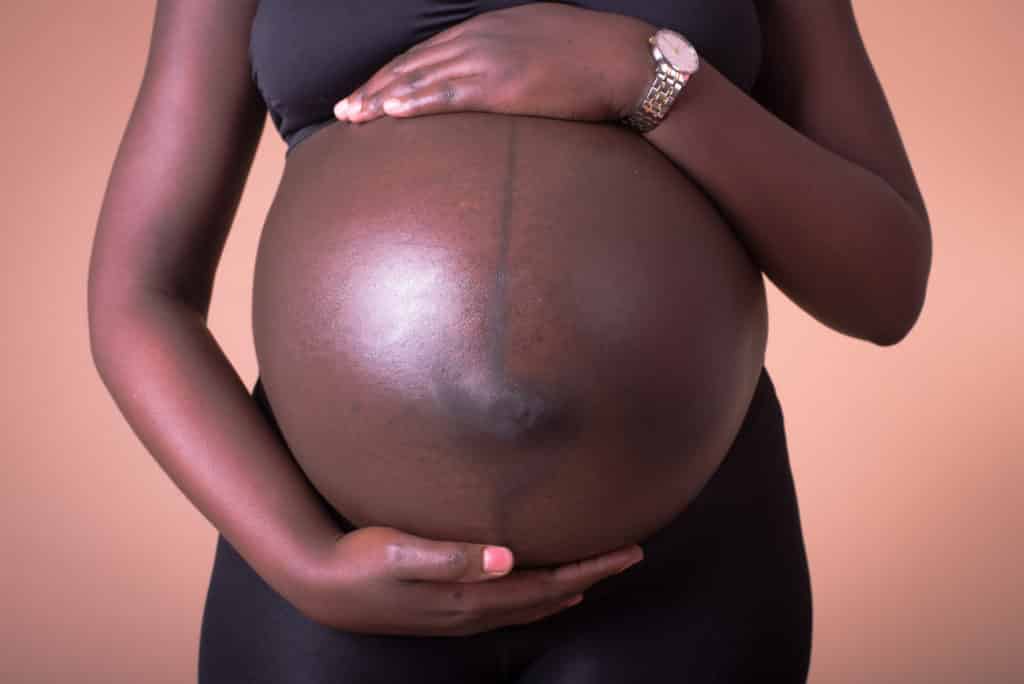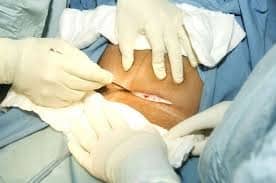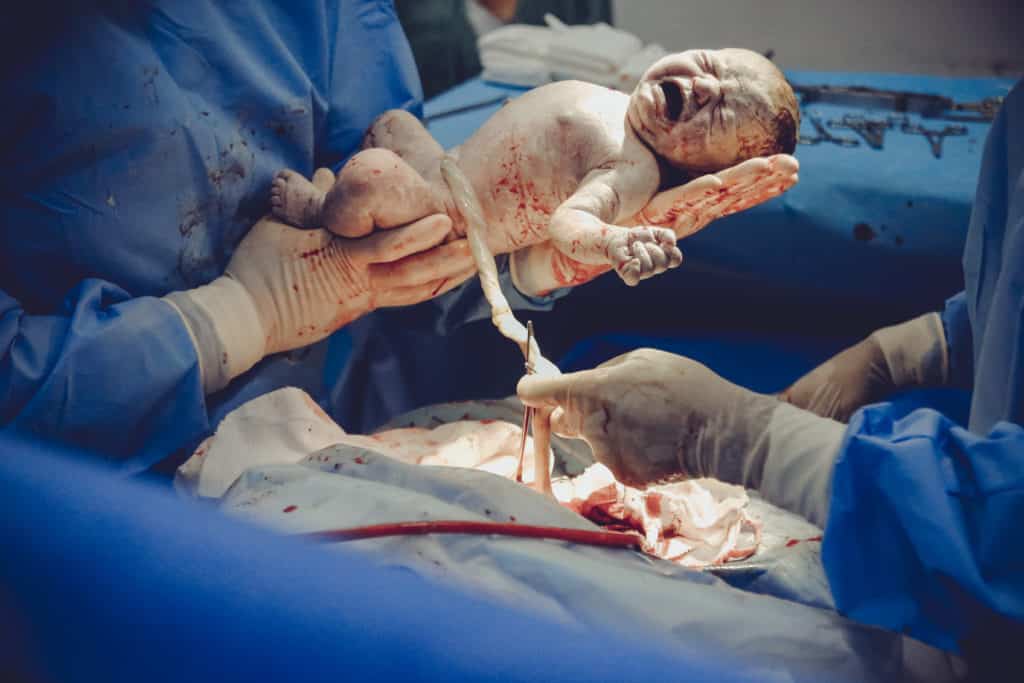Jennifer never imagined that she’d need to have one. Of course, she had heard about Caesarean Sections and how it is used as an alternative to vaginal birth. However, when the doctor confirmed the need for her to undergo the procedure, she was speechless.

What Is A C-Section?
A Cesarean section or C-section is a method of delivery via a surgical cut at the lower part of the tummy. This surgical process is necessary when vaginal delivery is no longer a safe option.

In most cases, a C-section lasts for about 45 minutes
Why Is A Caesarean Section Necessary?
For women like Jennifer, a C-section may be a safer option when there is a possibility of risk to the child or mother.
The following conditions may prompt the need for a C-section:
- Prolonged Labour
- Issues with the placenta
- To deliver multiple babies safely in some instances
- To prevent an infection from spreading from mum to baby (eg. Herpes, HIV)
- Abnormal child positioning ( baby lying across your cervix- transversely)
- A baby coming out with the feet first
- When the baby’s head is larger than the birth canal
- Chronic medical conditions
- Your baby is in distress.
- When mum is exhausted from labour and can’t push anymore
How The C- Section Conducted?
Just before a C-section is conducted, your blood pressure, temperature and other vital signs will be taken. These vital signs confirm your fitness level before the procedure.
After that, any hair at the lower part of your tummy and pubic areas will be shaved off. A small tube will be passed into your bladder to your bladder empty and monitor how much urine you are making.
Moving forward, the doctors will administer a medication that stops you from feeling any form of pain all through. You may get pain relief through an injection in your back (called a spinal or epidural block) or you may be made to sleep.
Good news, your doctors will do their best to keep you comfortable during the c-section.
The next step on this journey would be to clean the surgical site and make an incision through your skin to provide access to your womb. After that, another incision would be made in the wall of your womb. This helps the doctor can gain access to the baby and guide your little one into the world.

Right after that, the umbilical cord is cut and the placenta removed. Finally, the incisions would be closed.
What Happens Next?
After a successful delivery, the doctors would stitch up the womb and close the incision on your tummy.
At the same time, your baby would be cleaned up and placed into your loving arms.
Should You Be Worried?
No.

First, a C-section are usually completely painless. Secondly, it is conducted for your benefit, and that of your baby.
Although you may have to remain in the hospital for a few days to rest, in time you will have all the strength and time in the world to care for your little one. Get tips on surviving the first few days after as a new mum in this article.
REFERENCES
- Cesarean Birth (C-section): Procedure Details. Viewed on 29/07/2020 https://my.cleavelandclinic.org/health/treatments/7246-cesarean-birth-c-section/procedure-details
- Reasons for a C-Section: Medical, Personal, or Other. Viewed on 29/07/2020 https://www.healthline.com/health/pregnancy/c-section-reasons.
- Shutterstock

